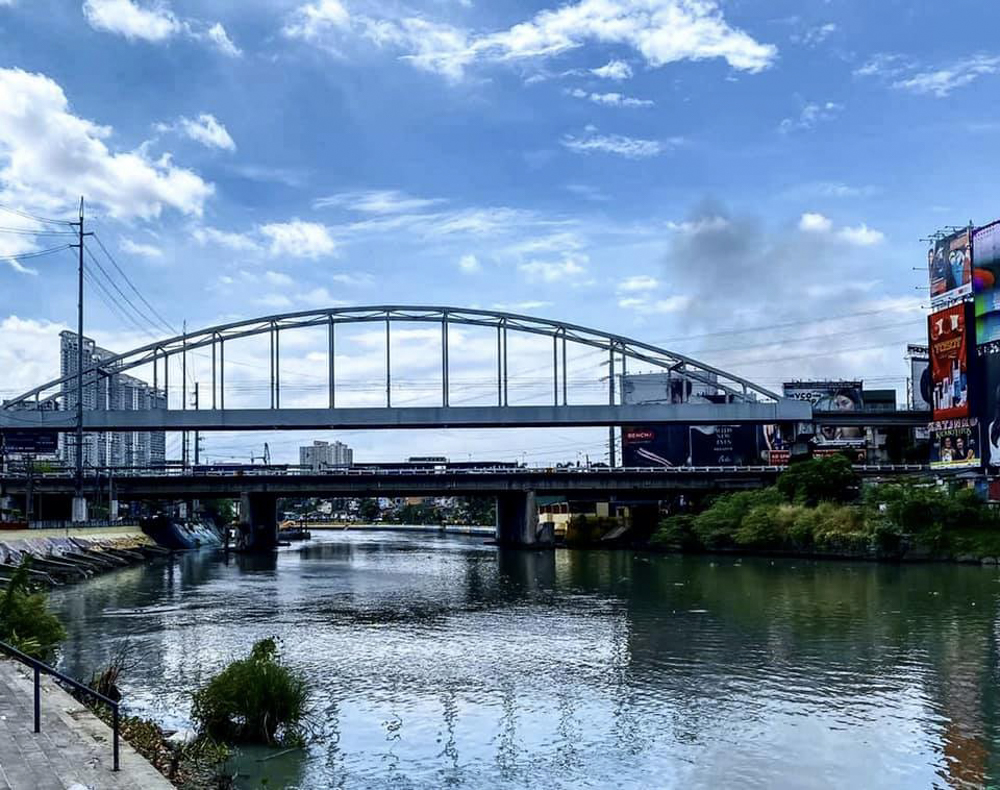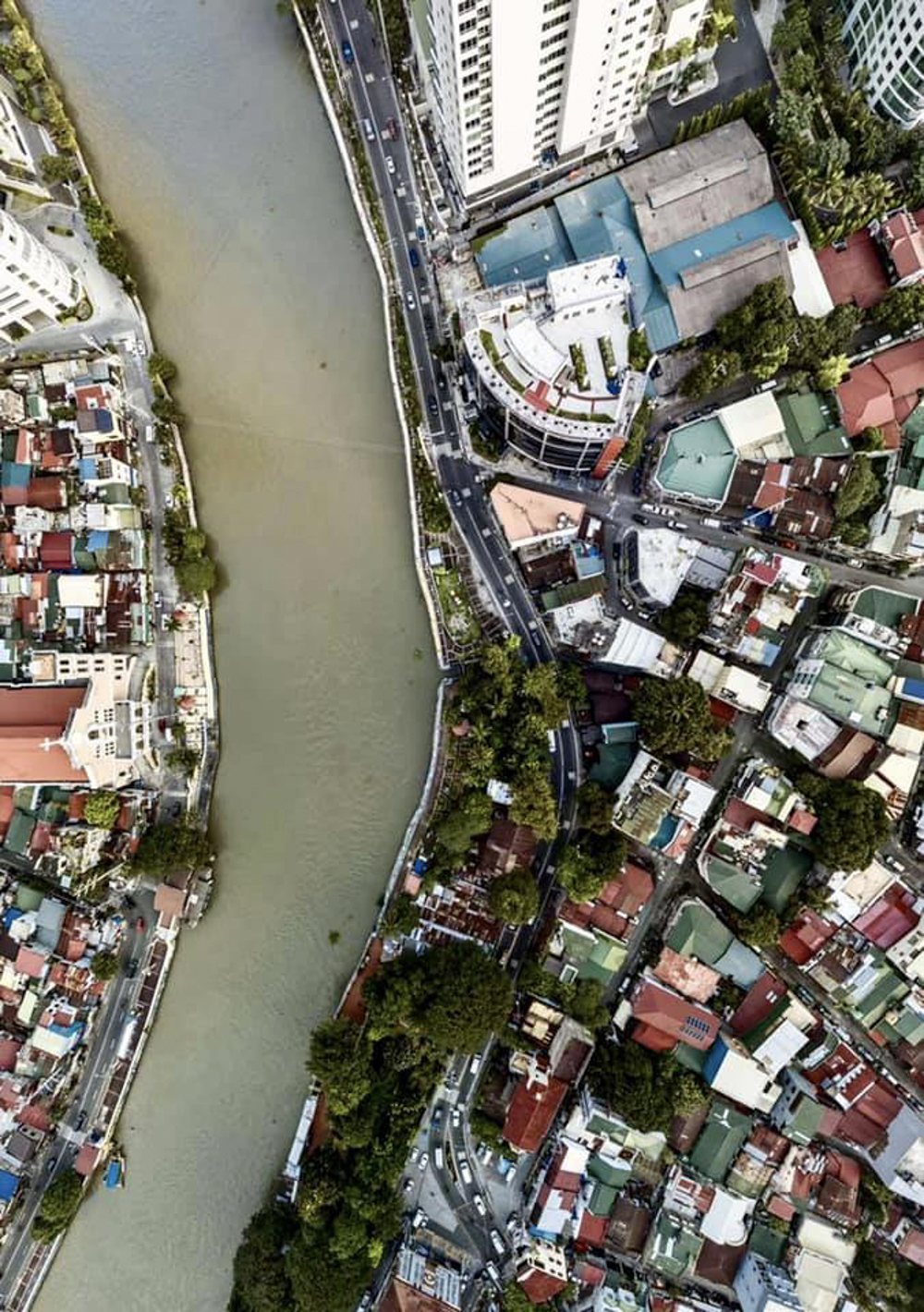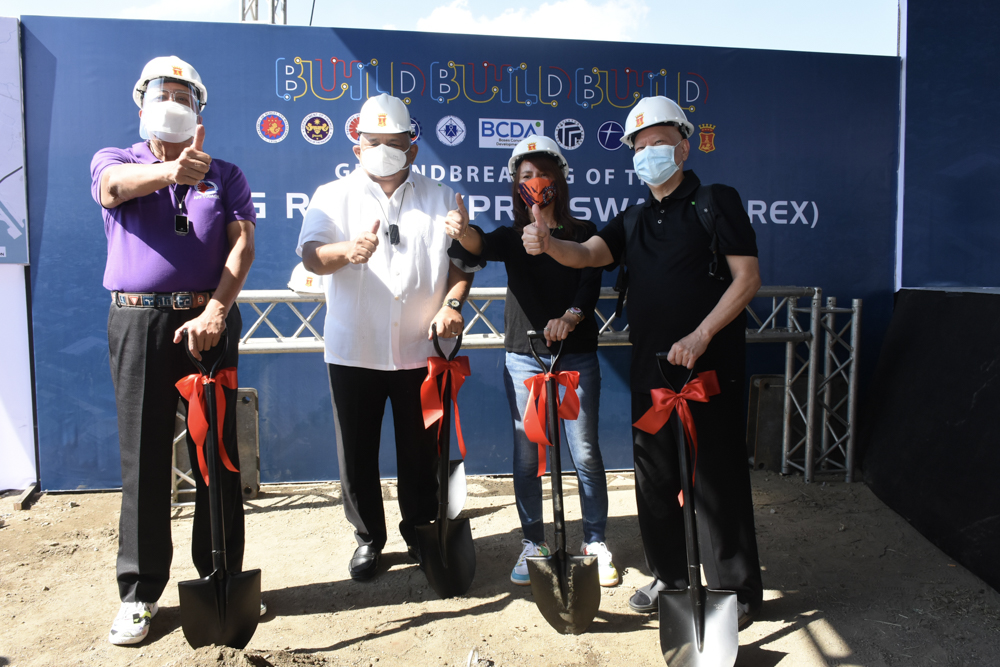
Much has been said about the Pasig River Expressway (PAREX). It’s builder, San Miguel Corporation, claims it will be the first elevated urban expressway in history to not only solve traffic in the city, but also be completely environmentally friendly for Pasig River and the people around it. However, critics have pointed to the history of urban expressways as cause for pessimism. Here are some facts about PAREX so far.
SMC’s design for PAREX is still subject to change. Many of the features described by company representatives in recent weeks are markedly different from the project described in the Public Scoping meeting for PAREX hosted by the Department of Environment and Natural Resources (DENR) on July 14, 2021. It is impossible to make a study an accounting of the environmental impacts of the initiative unless we are talking about a particular, finalized design. If SMC is describing a project in public that is different from what they submitted to regulators, we can only interpret that as the design being subject to change.
According to DENR, PAREX’s environmental impact study is still being evaluated and processed for the issuance of an Environmental Clearance Certificate (ECC), which it doesn’t have yet. An ECC issued by DENR essentially means that the agency has looked over the project proposal top to bottom, in the context of environmental concerns, and has concluded that the project will not be harmful to the environment and therefore to public health.
This is what the DENR’s guidelines say about the ECC process: “The release of the ECC allows the project to proceed to the next stage of project planning, which is the acquisition of approvals from other government agencies and local government units (LGUs), after which the project can start implementation.” The relevant laws on the ECC process are clear that it is a prerequisite to other government approvals. This makes sense, because why would we bother taking forward a project that’s so harmful to the environment to begin with?
That all said, the Toll Regulatory Board approved PAREX’s Supplemental Toll Operations Agreement despite the fact that the design is still subject to change, therefore impossible to approve. This also means that the TRB approved PAREX without completing a faithful accounting of its viability or environmental impact, since an ECC is still yet to be issued.

Since SMC so far has been sparse with information and noncommittal to a PAREX design, releasing only a few disjointed renders while leaving out crucial elements like how the ramps would interface with existing streets and structures, members of the public have taken it upon themselves to produce their own renders for public discussion based on SMC’s information—which basically is the sentence where it’s described as a “six-lane elevated expressway above the Pasig River.” Some of the renders I have seen attempt to represent that at scale, including the absurd heights it would have to be built at in order to cross over existing bridges. Comical as they are, they provide food for thought in the absence of SMC’s complete design renders.
In response to public backlash over PAREX, SMC has made statements about including cycling and public transport facilities on the elevated expressway. These elements are not present in its previously submitted concept designs and would arguably introduce major changes. Such changes are significant enough that they would potentially produce very different modeling results and would result in a fundamentally different project from what was approved. For one, any design with a bus rapid transit system (as SMC has recently claimed PAREX would feature) would need an abundance of pedestrian footbridges connecting to the banks to make the service usable. Simply having a bus lane on PAREX wouldn’t be a BRT as promised. What’ll it be?
Given evidence all over the world and all throughout history that elevated urban expressways worsen the environment, the economy and even the transport networks they claim to solve, the burden is on SMC to prove that PAREX is the exception to the rule. Evidence all over the world shows that not only do elevated urban expressways often fail to solve traffic, in many cases they make it worse, while bringing air pollution, noise pollution, and reduced urban land values. In the case of PAREX, since it will be built above a body of water, there is also the concern of microplastics from vehicle tires and brake dust building up in the Pasig River as they sweep down from the roadway.

I will caution our readers here. By now, we know that harming our environment isn’t just about places becoming dirtier, or more unsightly or smelly. We’re staring down a road-safety crisis that killed over 12,000 Filipinos in 2019, the last pre-pandemic year. We know that close to 100,000 Filipinos die yearly from causes related to air pollution. We know that climate change is real, and the harms of that could make those numbers look tiny. As we consider questions of the environment, we need to think not just of our convenience, but of doing right for the next generation—of leaving our children a world better than what we were born in, one that we can be proud of. Can we really say we’ll be doing that here?
If SMC is sincere in its other statements that it would like to clean Pasig River, I recommend that it be allowed to submit a proposal to clean up the river separately so that the government can compensate the company at a fair price. Perhaps we can give it the same return on investment as it projects with the PAREX proposal—subject to a competitive process, of course. And if SMC is confident in PAREX, it should be transparent in releasing its designs, as well as the results of the approval process the project is subject to. If it complains that the discussion is confused or ill-informed, it only has themselves to blame for muddying the water.


0 Comments